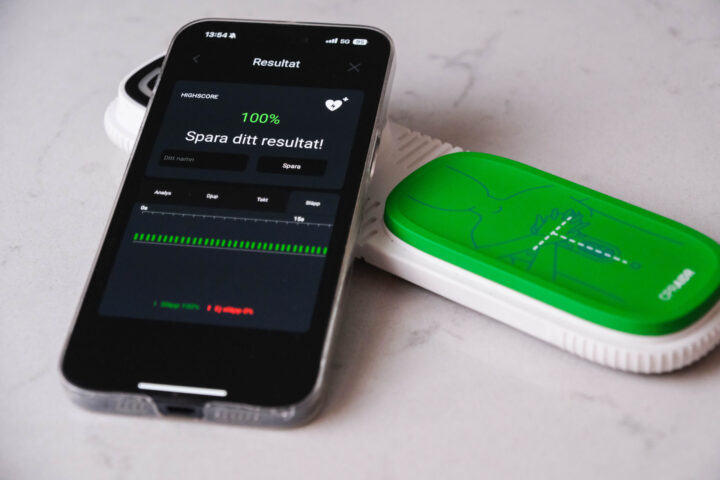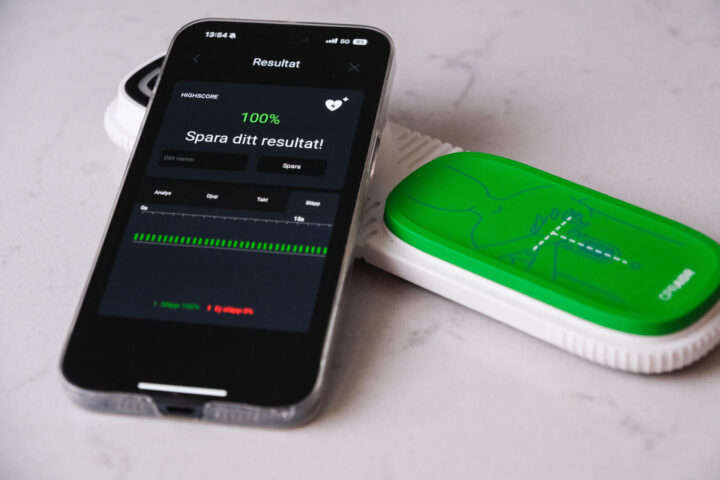From a human-data investigation of a digital sensor-based support for cardiopulmonary resuscitation
by Johan Erlesand & Philip Gustafsson
This thesis analyses students' experiences and interactions with CPR-Guide, a digital and sensor-based cardiopulmonary resuscitation product, used in a ninth-grade class at a school in Stockholm.
The study focuses on how medical technology products, typically designed for adults, can be adapted for school-age children by considering their needs in educational environments. The aim is to explore students' interaction with the product and its application to identify design improvements that can enhance learning and user experience. Through qualitative research with a case study strategy and data collection via observations, user tests, and focus groups, students' opinions and experiences were thematically analysed to assess the product's suitability in an educational context.
The research questions are:
How do ninth graders experience the interaction with the medical technology product CPR-Guide as a tool for cardiopulmonary resuscitation in an educational context?
How can the product's design be adapted to improve learning and user experience?
The results indicate that students encountered difficulties with the colour coding in the feedback system. Particularly the purple colour, which indicated excessive pressure, was confusing and hard to interpret. There were also issues with the app's feedback, where clarity was lacking, especially when reporting the user's performance. Students found it challenging to interpret the meaning of the results and desired clearer feedback on how they could improve their performance. Despite initial difficulties, students showed improvement after watching instructional videos on CPR techniques, which were considered difficult to access and should be made more available in the application. Students also emphasised the need for an improved design of the user interface, including clearer icons and carefully selected colour choices to enhance navigation and interaction. Students responded positively to gamification-like elements and expressed a desire for more such features. In summary, the study indicates that both the physical design and the software need to be improved to optimise training and user experience in cardiopulmonary resuscitation. The study concludes that ninth graders generally view the product as a valuable tool in CPR training, but design flaws limit learning and decrease user experience. To improve these aspects, the design should include clearer feedback mechanisms, intuitive user interfaces, and interactive competitive elements that increase engagement and streamline learning, which can reduce frustration and facilitate the use of the product for educational purposes.
From a human-data investigation of a digital sensor-based support for cardiopulmonary resuscitation
by Johan Erlesand & Philip Gustafsson



